This is a review of the famous Hasselblad 500 C/M medium format camera. I bought this camera a while ago and actually sold it some time later.
Even though this is not a product I currently own, I can still give you my opinion on this legendary portrait camera and what I’ve learned from it.
The brand Hasselblad
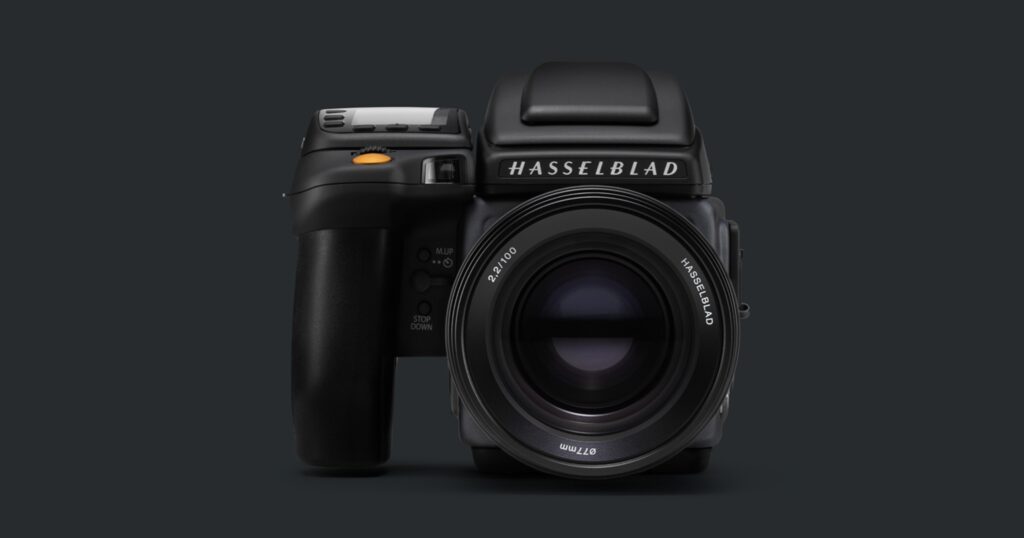
The Hasselblad brand was created by a Swedish man named Victor. Passionate about cameras, he was mostly importing and selling them at the time. In 1940, he was ordered to create a camera for the Swedish Army, which he did using a 6×6 format to get the best quality out of the negative while retaining some form of mobility.
Later on, the iteration of the camera became a success, notably the legendary 500 C/M. They became a standard for fashion photography and were even used by NASA to take the first picture on the Moon.
Note that Hasselblad has been bought by the Chinese drone and gimbal manufacturer DJI.
What are the different photographic film formats?
There are three main families of film formats in still photography. These formats basically follow the innovations of cameras throughout history.
35 mm
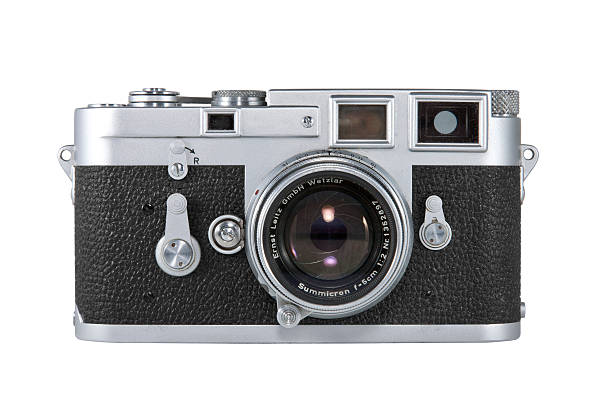
35mm is the most popular and portable format. Created by Ernest Leitz, the founder of Leica, this size of film was ideal for prosumers as well as journalists. The roll of film was the most practical, easy to load, and easy to rewind. The size of the 35mm cameras was basically pocketable.
Medium format
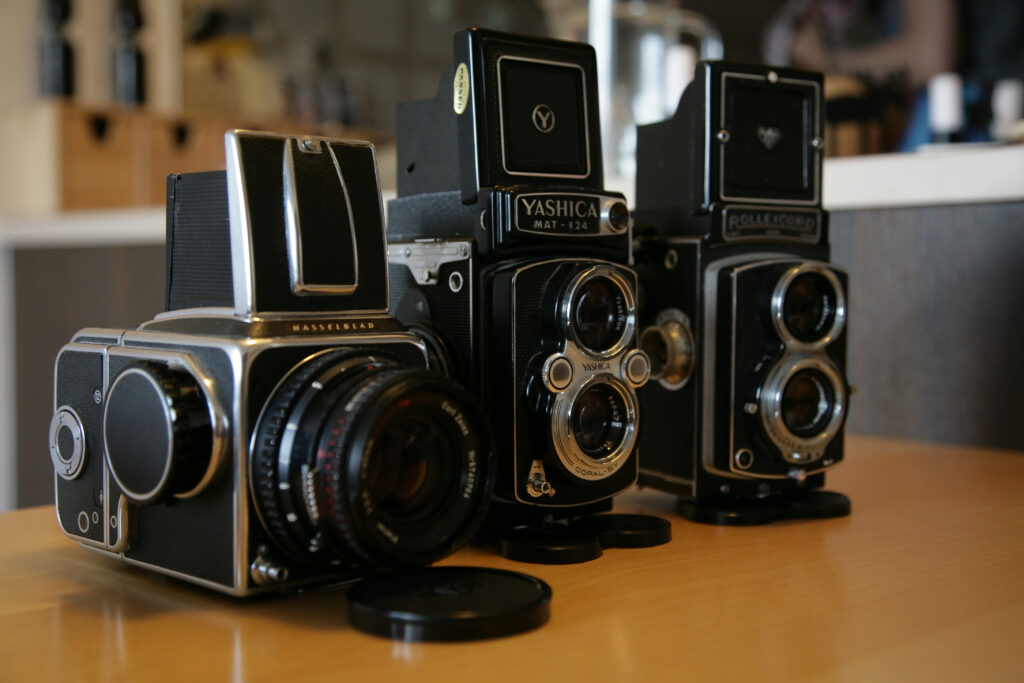
Medium format is a middle ground between portability and image quality. These cameras were popular with studio and commercial photographers. These formats include aspect ratios such as 6×6, 6×7, 8×7, etc.
This is, in my opinion, a great choice for portrait photography since it really can produce an incredible shallow depth of field, beautiful background compression, and low distortion. The standard lens is 80mm.
Large format
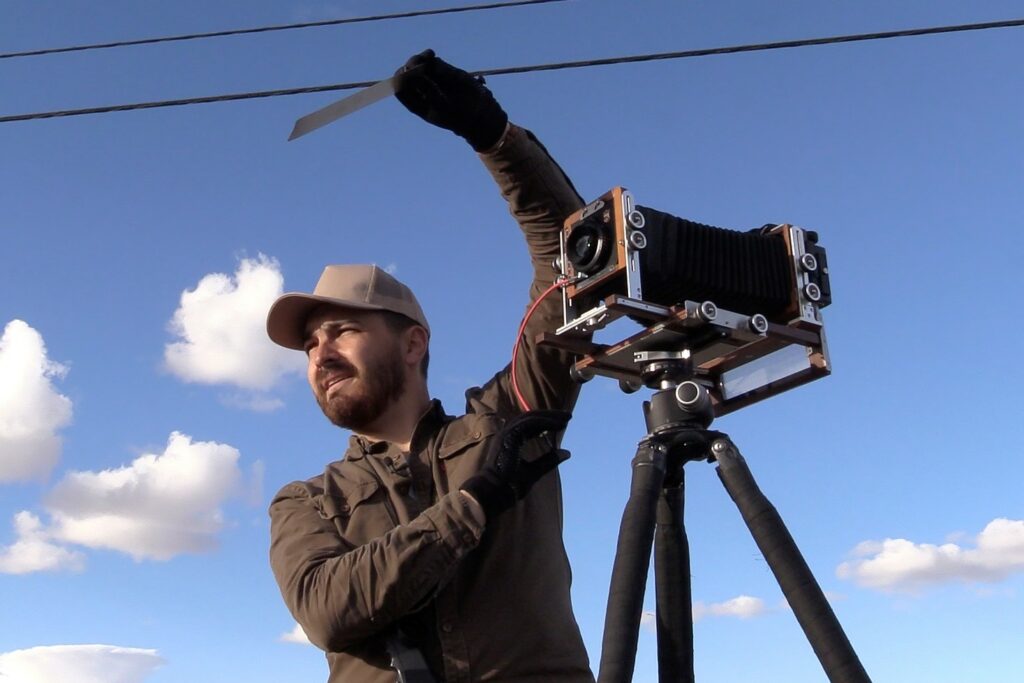
Large format was used in the old days and required a large tripod and often a long exposure to get some clear images. This medium was obviously yielding the best results in terms of resolution and image quality.
These are the cameras used by famous landscape photographers, such as Ansel Adams. These cameras were also the only serious cameras at the time.
Why choose a Hasselblad 500 C/M?
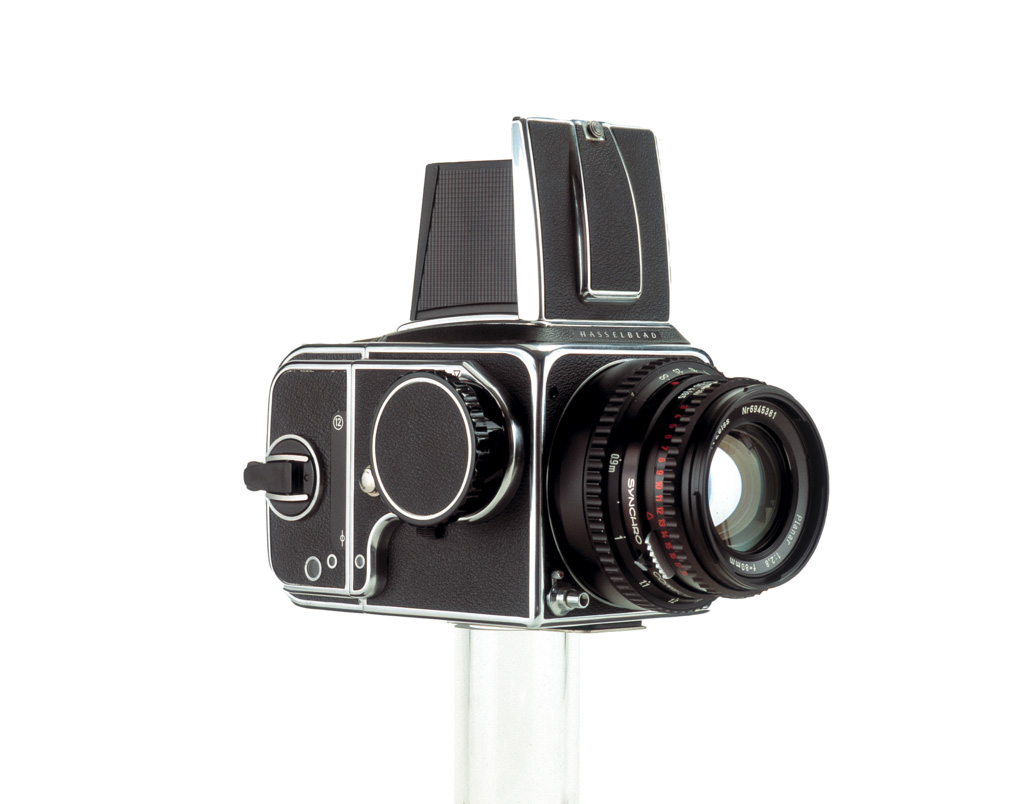
The Hasselbad is known to be an expensive device. At the time, a H4D or H6D was something around 40 000 euros. It was a niche market aimed at high-end commercial photographers.
Obviously, film cameras were less expensive at the time. I got mine for 800 euros; they run now for 2000 euros in mint condition.
The square aspect ratio
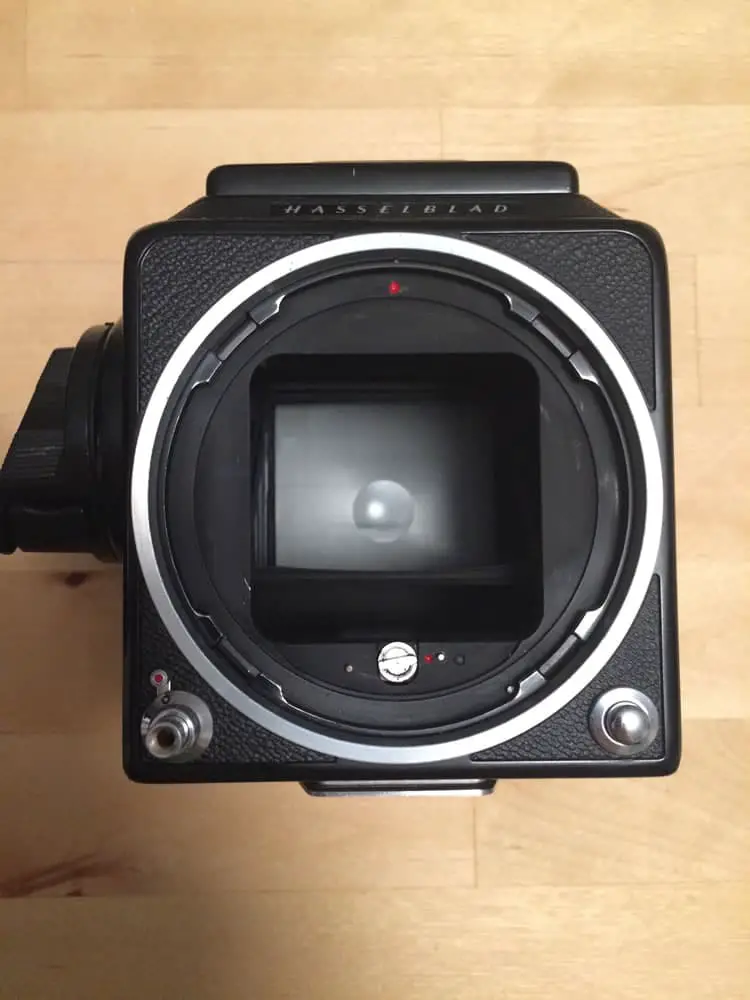
I was never a fan of the square aspect ratio of 6×6. That’s why Hasselblad wasn’t the first camera on my wish list. I feel like our vision isn’t square in the first place; only on Instagram can you find some square pictures.
Fortunately, you can always crop to 645, which is actually one of my favorite aspect ratios, even above 6×7.
The build quality
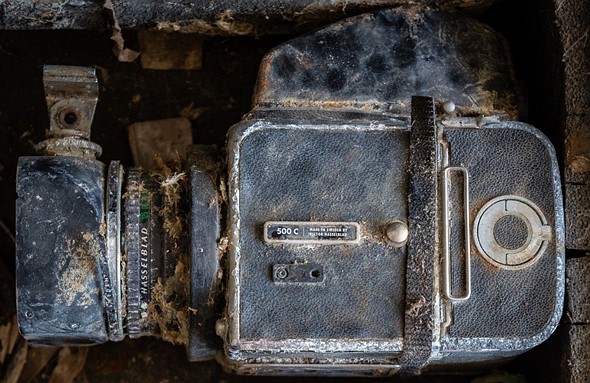
The build quality of these Hasselblads is amazing. They are literally like bricks, and I wouldn’t mind throwing them in a bag compared to a Leica, for example.
They don’t feel as good mechanically or as lush as a Leica, but I think they are so much more sturdy. The auxiliary shutter of these cameras tends to peel. I don’t know if these issues are just cosmetic, but they’re something you should take into account.
A compact unit
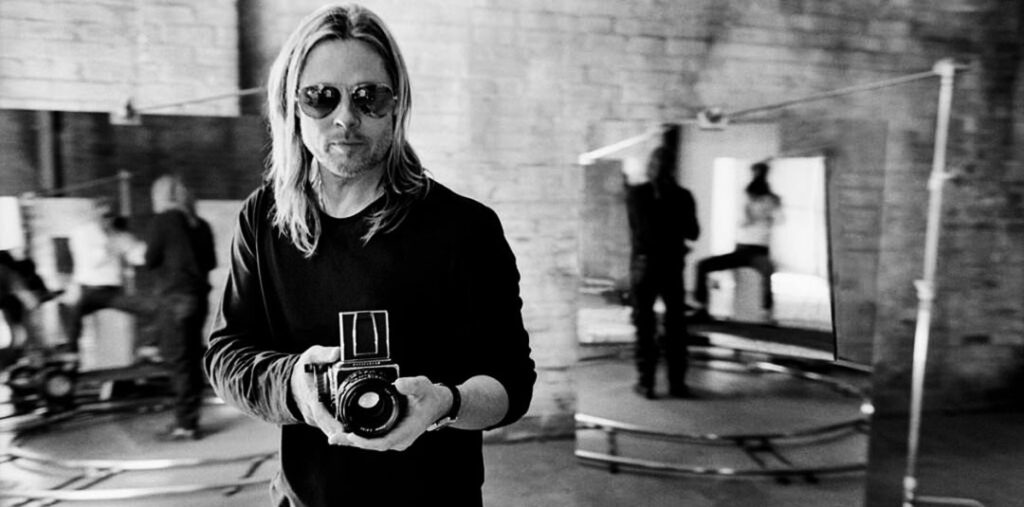
Even though it’s a medium-format camera, the Hasselblad 500 C/M is quite small compared to something like a Mamiya RZ 67 Pro II.
It holds perfectly well in both hands and can actually be held in one hand with ease.
A modular design
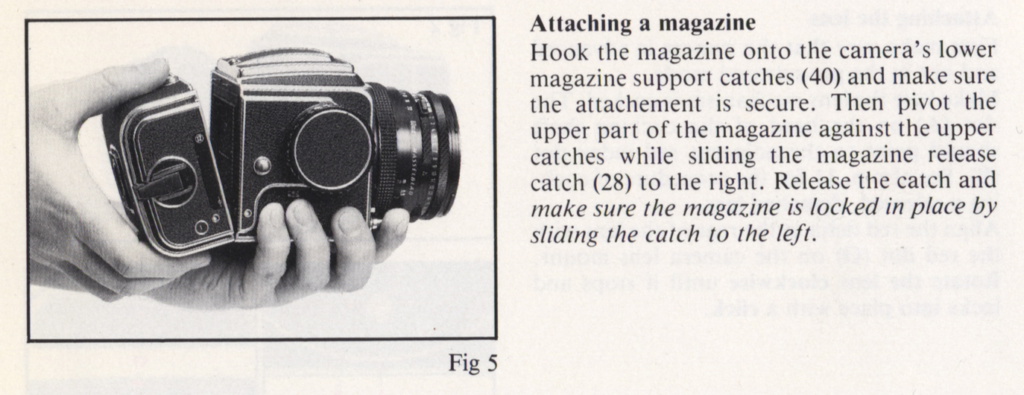
One particularity of the 500 series is the modularity of the design. The back containing the film can be switched, as can the lens and the viewfinder.
Some rewinders can be attached to the bottom as well for people who don’t want to crank the knob for each frame.
Ergonomics
This camera is definitely not the most ergonomic, but it is still very nice to use. These types of cameras have different viewfinder options, such as the waist level of the DSLR style.
This camera works best when shooting at waist level, which creates a totally different perspective from the eye of the photographer.
One thing I quite disliked was the dark slide that you have to remove each time you want to take pictures. This slide doesn’t even have a place to be stored on the back of the camera on a standard model. At least the camera won’t fire if the slide is in.
The leaf shutter
Hasselblad cameras are known to use leaf shutters, which are actually quite amazing for flash sync speed but also to reduce the shake of the plane shutter.
In the Hasselblad, by default, this auxiliary shutter will throw a huge shake and noise, but you have the option to close the auxiliary shutter.
The lenses
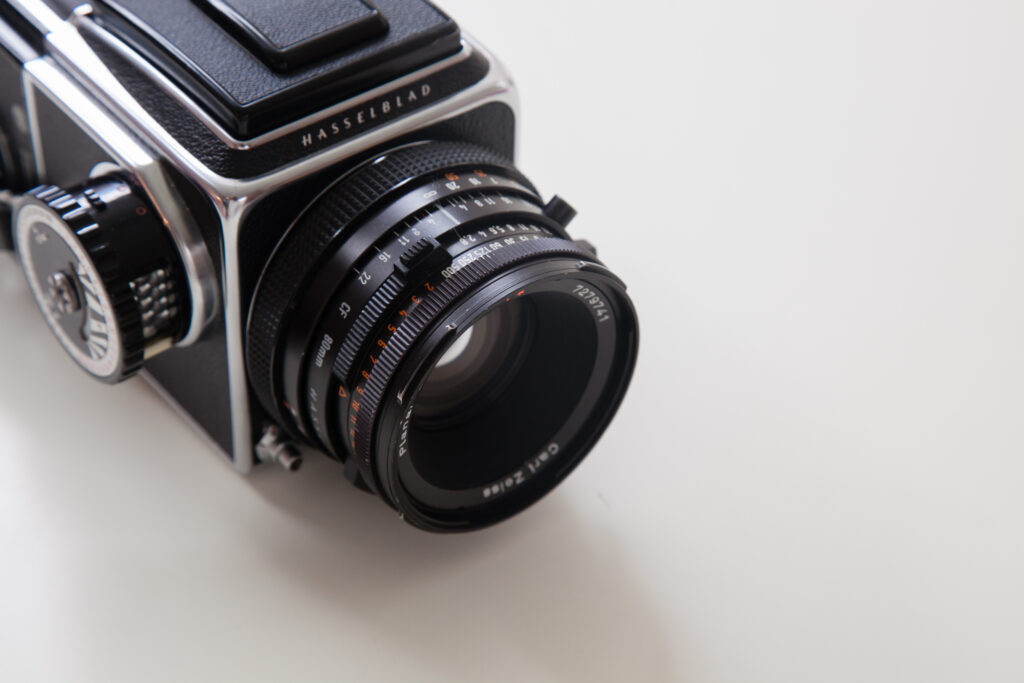
The lenses of the Hasselblad 500 series are made by Carl Zeiss and are absolutely amazing optically. Their build quality is also amazing, although I feel like Leica lenses are even better made.
The series 500 and 2000 FC have been produced for a while, so there are literally tons of versions for the same focal length with a new formula or coating.
One thing I love about medium-format lenses is that an 80mm will actually be a 50mm equivalent in 35mm. This means that you’ll get the viewing angle of a 50mm view and the compression, look, and distortion of an 80mm, which creates absolutely amazing images.
The lenses feel great in the hand, but overall, focusing on this type of camera is slightly harder than with smaller cameras. You have a popping magnifying glass, but you still need to stay very still.
The viewfinder
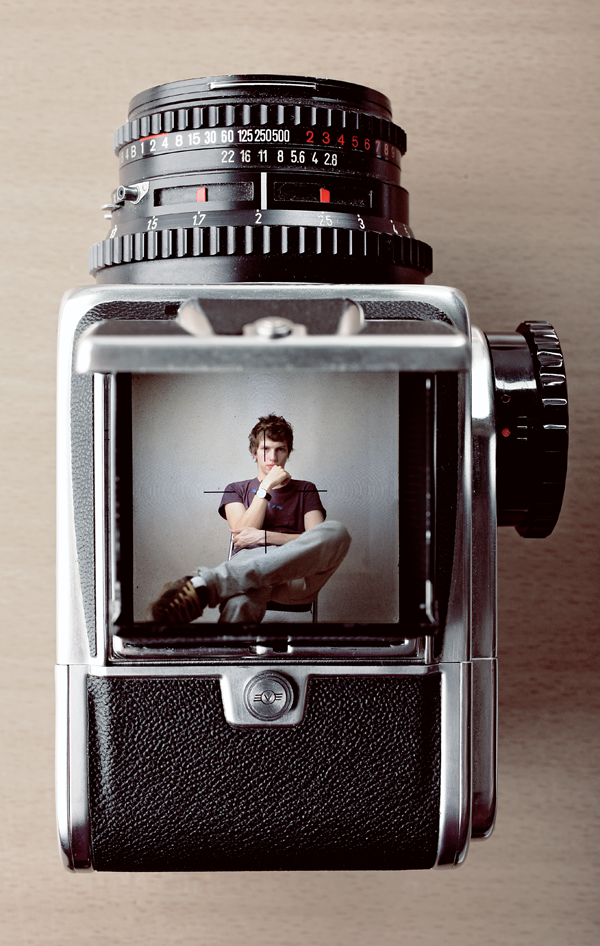
I think one of the best things about the waste level view finder is that you can usually use your two eyes as opposed to only seeing the mirror with one eye.
Being seen with two eyes means that you can literally have a 3-dimensional view of the composition you are framing, as opposed to a 2-dimensional view. It is really a different kind of experience, honestly.
If the colors aren’t that saturated because of the glare, looking inside the Waste Level Viewfinder really feels like watching a holographic image.
The images produced
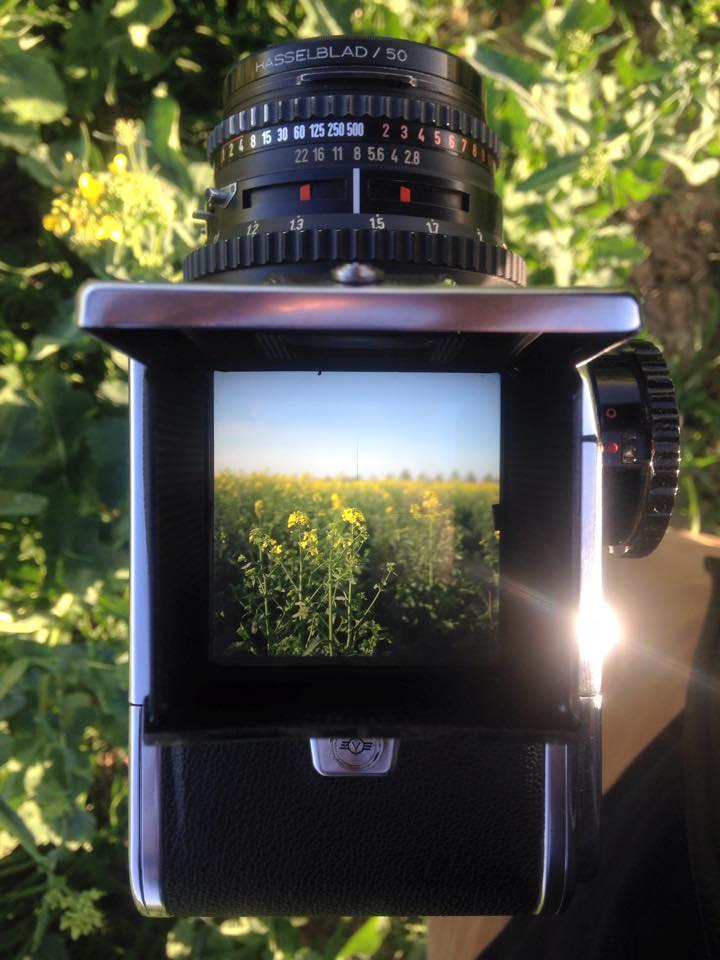
The images produced by a medium-format camera have a much more dynamic range than 35mm film. This means that the way the light is captured is very different.
To be honest, the difference between film and digital is already very strong when it comes to highlight roll-off, but here with a medium format, hard light is better managed than in 35mm film.
If you shoot, for example, in a cloudy environment, your image will be totally flat and not that flattering.
When shooting with hard light, your image will tend to look better. That’s because the highlights are well preserved and don’t clip as easily as on 35mm CMOS sensors.
Compared to other medium-format cameras
This camera is famous, but there are tons of other cameras with the same modular and overall design.
The Hasselblad H4D
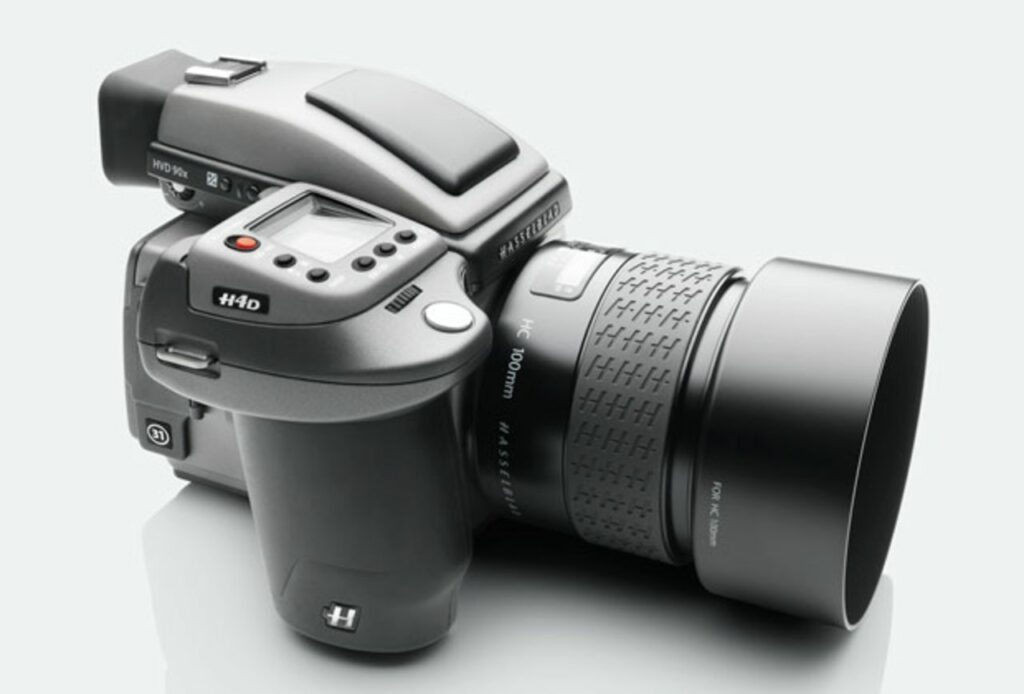
The newer digital versions of Hasselblad have the option of using a H film back to shoot film. These newer versions have much better lenses and ergonomics, although they lack in the retro and iconic charm departments.
The Mamiya RZ 67 Pro II
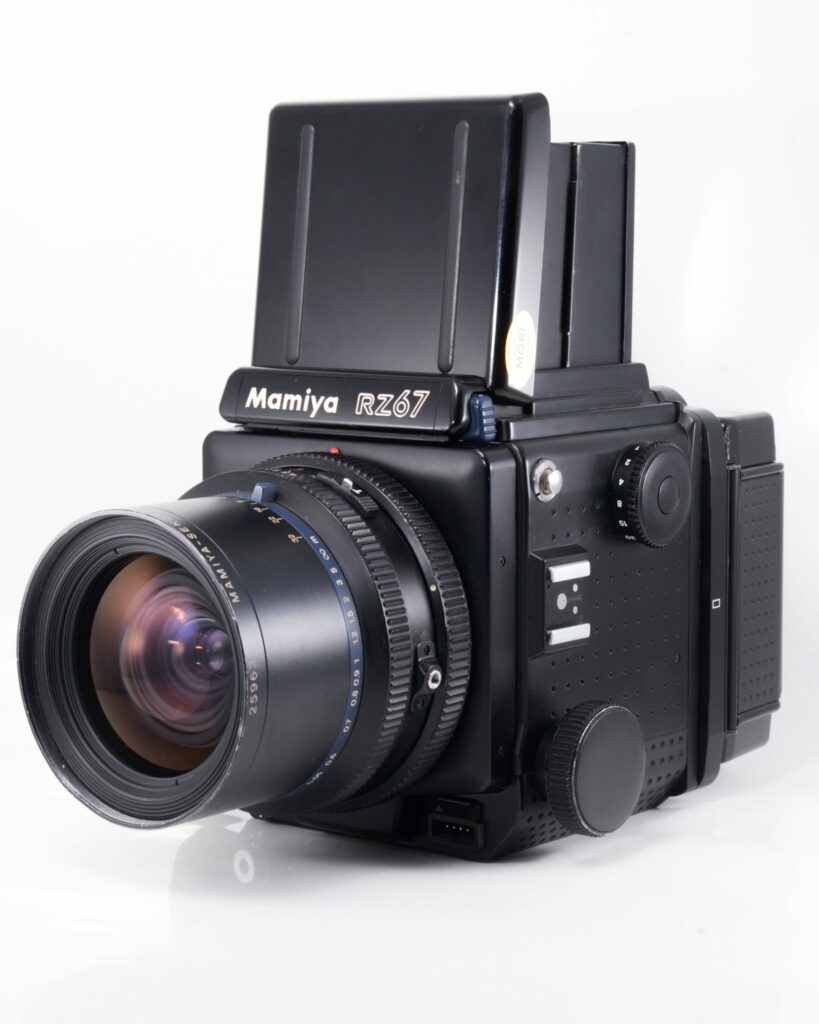
The Mamiya RZ 67 Pro II is perhaps one of the best medium formats ever made for film and fashion photography.
The RZ 67 Pro II in the community is even more sought-after and expensive than Hasselblad counter parts. These are made out of plastic and are less iconic than Hasselblad. They have a larger aspect ratio of 6×7, which makes them very popular for shooting portraits.
Japanese lenses tend to render differently than their German counterparts.
This is perhaps the only medium format I would get, even if the price skyrocketed from 800 euros to 2500 euros in a few years.
The Rollei Rolleiflex
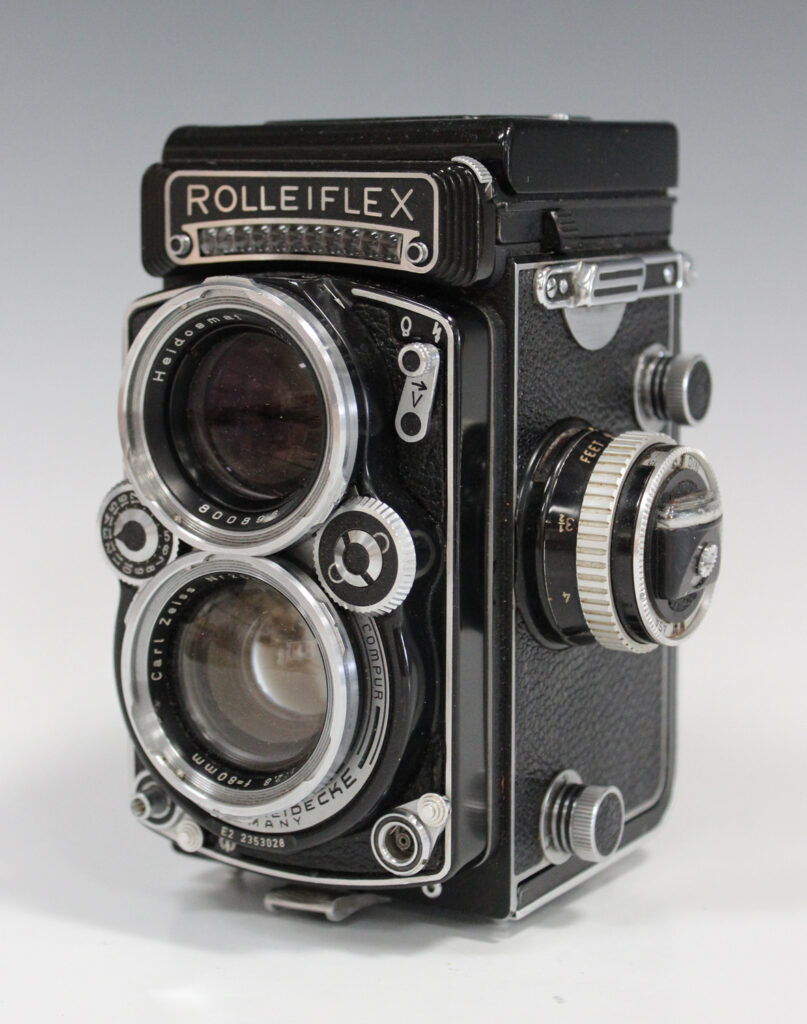
The Rollei Rolleiflex is a twin-lens design. Which means that you are not looking directly at the lens but instead looking through a twin lens.
This means that there might be some parallax error in the composition, but you won’t get a blackout when firing the shutter and won’t get the clunky action of the auxiliary shutter.
If the Rolleiflex lenses are fixed to the body and therefore not interchangeable, the images produced by the lenses are sharper than the Hasseblad counter part and tend to have this low-contrast silky look to them.
They are absolutely the best to get this vintage yet sharp and popping look that medium format offers. In terms of image quality, I would definitely choose this over the Hasselblad.
Verdict
8.5 out of 10.
The Hasselblad 500 c/m is perhaps one of the most iconic cameras of all time. Used by many fashion photographers and by the first man on the moon, this camera has become a legend amongst film enthusiasts.
The camera is small and very practical for a medium format. It is very well built and solid, and it will probably last for another 60 years. The lenses are made by Carl Zeiss, which is basically one of the best manufacturers out there.
Perhaps the only thing wrong with this camera is the format of 6×6, which is a square and is not the best way to represent human vision. Fortunately, it can be cropped to a 645 format.
Overall, I really love this camera, even though I would choose a Mamiya RZ 67 Pro II over it, and I also feel like a regular Rolleiflex will produce better-looking images.
The Hasselblad is still one of the best options if you have the cash to splash on it. Remember that film cameras tend to grow in value, so this is a great investment.
Informations
Hasselblad 500 C/M
Official Website: https://www.hasselblad.com
Our Video Production Company: https://www.neonnight.fr/en/


GIPHY App Key not set. Please check settings